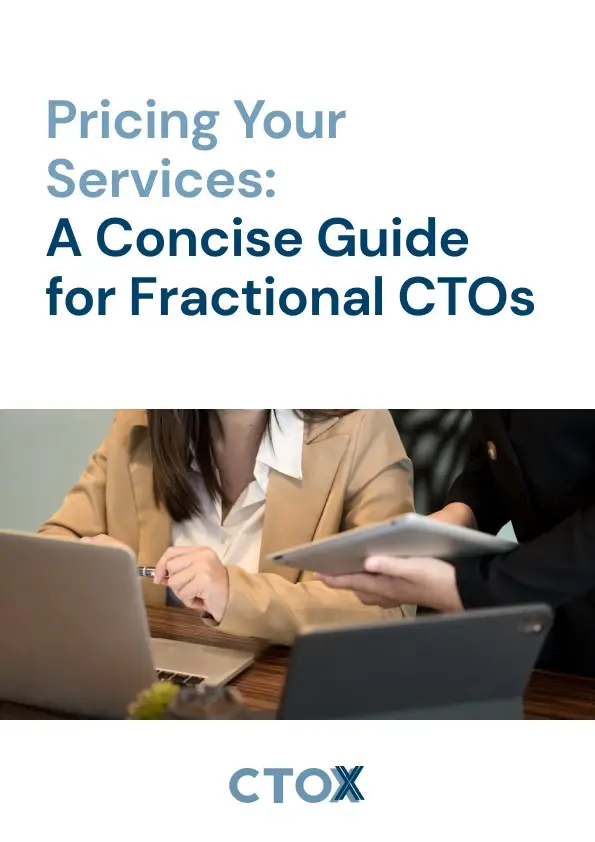Vendor onboarding documentation ensures a smooth and compliant partnership with vendors. It helps businesses avoid legal risks*, streamline processes, and establish clear expectations. Here’s a quick breakdown of the key documentation categories required:
- Legal Documents*: Contracts like MSAs and NDAs to define terms and protect sensitive information.
- Financial Records*: Tax forms, banking details, and financial statements for accurate payments.
- Compliance Documents: Proof of insurance, security policies, and certifications to meet regulations.
- Company Details: Business licenses, references, and team information to verify credibility.
- Technical Requirements: API guides, training resources, and system setup needs for seamless integration.
Using a checklist for these documents simplifies onboarding, reduces risks, and ensures consistent vendor management. Read on for detailed insights into each category.
Efficient Vendor Onboarding Best Practices
Legal Documents*
Legal documents play a crucial role in defining responsibilities, protecting interests, and ensuring compliance with regulations.
Master Service Agreement
The Master Service Agreement (MSA) lays out the framework for a business relationship. Its key components include:
| Key Component | Description | Required Elements |
|---|---|---|
| Service Scope | Detailed outline of deliverables | Work specifications, timelines, milestones |
| Payment Terms | Financial arrangements | Rates, payment schedule, invoicing requirements |
| Term Length | Duration of the agreement | Start/end dates, renewal conditions |
| Termination Clauses | Conditions for ending the agreement | Notice periods, breach remedies |
| Liability Limits | Allocation of risks | Insurance requirements, indemnification terms |
Non-Disclosure Agreement
An NDA ensures sensitive information stays protected. Its key areas include:
- Defining what qualifies as confidential information
- Restrictions on how the information can be used
- Requirements for securing the data
- Duration of confidentiality obligations
- Guidelines for returning or destroying information
These agreements help maintain trust and protect proprietary information.
Service Terms and Metrics
Service terms and metrics set clear expectations for performance and accountability. Here’s what they typically include:
- Performance Standards and Reporting: This covers response times, quality benchmarks, delivery schedules, error resolution times, and regular status reports. It also includes quality assurance measures, issue tracking, and performance scorecards.
- Escalation Procedures: These outline communication channels, resolution timelines, steps for addressing issues, and consequences for failing to meet standards.
Financial Records*
Keeping accurate financial records is key to ensuring clear communication and timely payments.
Tax Documentation
Vendors are required to provide tax forms that confirm their tax status:
| Document Type | Purpose | Required For |
|---|---|---|
| Form W-9 | Provides tax identification details | U.S.-based vendors |
| Form W-8BEN/W-8BEN-E | Confirms foreign tax status | International vendors |
After tax verification, vendors should also provide detailed payment information to simplify the onboarding process.
Payment Information
Vendors need to share specific payment details, including:
- Banking Information
- Account holder name (as registered with the bank)
- Bank routing number
- Account number
- Account type (checking or savings)
- Bank address and contact details
- Payment Terms Documentation
- Preferred payment method
- Payment schedule preferences
- Terms for early payment discounts
- Penalties for late payments
- Invoice Requirements
- Invoice format specifications
- Required purchase order numbers
- Billing contact details
These details ensure payments are processed efficiently and without delays.
Financial Reports
Vendors must also provide financial reports to demonstrate their financial health:
| Report Type | Submission Frequency | Purpose |
|---|---|---|
| Balance Sheet | Annual | Evaluates financial stability |
| Income Statement | Annual or Quarterly | Tracks and confirms revenue performance |
These reports help assess the vendor’s reliability and long-term viability.
sbb-itb-4abdf47
Compliance Documents
Vendor compliance documentation is essential for maintaining regulatory standards and managing risks. These documents, alongside legal and financial records, create a solid foundation for effective vendor management.
Insurance Proof
Insurance documents confirm that vendors have adequate coverage for potential risks and liabilities. Vendors must provide proof of the following types of insurance, meeting the coverage levels outlined in their contracts:
| Insurance Type | Minimum Coverage | Purpose |
|---|---|---|
| General Liability | As specified by contract or industry | Covers third-party bodily injury and property damage |
| Professional Liability | As specified by contract or industry | Protects against errors and omissions |
| Cyber Liability | As specified by contract or industry | Addresses risks related to data breaches and cyberattacks |
| Workers’ Compensation | As required by state law | Covers workplace injuries |
All certificates should name your organization as an additional insured and include a cancellation notice clause.
Data Protection Policies
Vendors are required to submit the following:
- An Information Security Policy that includes data classification, access control, incident response procedures, and employee security training.
- Privacy compliance documents, such as those for CCPA or GDPR, along with data processing agreements and impact assessments.
- Evidence of security measures, including network security architecture, encryption practices, backup protocols, and third-party security audit results.
Industry Certificates
Depending on their services and the applicable regulations, vendors may also need to provide valid industry certifications. Examples include ISO 27001, SOC 2 Type II, PCI DSS, and HITRUST. These certifications should include details like the certificate number, issue date, expiration date, scope, and issuer contact information. Vendors must ensure certifications are up to date and promptly provide renewals when applicable.
Company Details
In addition to legal, financial, and compliance documents, vendor company details help confirm their ability to operate effectively.
These details establish both credibility and readiness.
Business Permits
Vendors must provide valid permits or registrations to show they meet legal requirements. Examples of such documents include a business license, state registration, or certifications specific to their industry.
Work History
Vendors should share proof of their experience, such as:
- Project Portfolio: Examples or case studies of completed projects.
- Client References: Contact details of past clients with similar project needs.
Staff Information
Key personnel details are crucial. Include the following:
| Required Information | Details to Include |
|---|---|
| Professional Credentials | Degrees, certifications, and specialized training |
| Contact Information | Direct phone numbers and email addresses |
| Experience Summary | Relevant project history and years of experience |
Technical Requirements
Tech-powered systems for collecting, aggregating, approving, and storing these documents play a key role in ensuring smooth integration and onboarding. Hiring a fractional CTO to oversee the implementation of a smooth tech-enabled vendor onboarding process can lead to potential savings of over $200,000 annually.
API Guidelines
Complete API documentation is essential and should cover the following:
| Requirement | Description | Format |
|---|---|---|
| API Specifications | Details about endpoints, authentication methods, and request/response formats | OpenAPI/Swagger |
| Rate Limits | Usage limits, throttling policies, and concurrent request caps | Technical specs |
| Error Handling | Standard error codes, troubleshooting steps, and resolution guides | Reference guide |
| Version Control | API versioning strategies and backward compatibility details | Documentation |
Once these standards are defined, ensure users have access to resources that help them understand and use the API effectively.
Training Resources
Offer comprehensive training materials, such as:
- User manuals
- Video tutorials
- A searchable knowledge base
- Support documentation, including clear escalation paths
These resources make onboarding easier and reduce the learning curve for users.
Setup Requirements
Document all system and infrastructure needs clearly:
| Component | Required Documentation | Purpose |
|---|---|---|
| Hardware | Server specs, storage needs, and network capacity | Infrastructure planning |
| Software | OS compatibility, dependency lists, and version needs | System preparation |
| Security | Access control, encryption standards, and compliance details | Risk management |
| Network | Bandwidth needs, firewall setups, and port specifications | Connectivity setup |
A fractional CTO can also perform infrastructure audits to identify and address potential integration challenges, ensuring that all systems align with business goals and existing setups.
Conclusion
Checklist Benefits
Using a vendor onboarding checklist helps minimize compliance risks and simplifies the integration process. Research indicates that businesses working with a fractional CTO to refine documentation can cut costs and improve overall efficiency.
Some key advantages include:
- Lower legal risks
- Smoother onboarding processes
- Reduced administrative expenses
- Consistent vendor assessments
Here’s how you can incorporate the checklist into your workflow.
Implementation Steps
To put the checklist into action, follow these steps:
- Initial Setup
Review your current vendor documentation. A fractional CTO can pinpoint any gaps within 90 days. - Process Integration
Use KPI scorecards to track how well documentation management is working and ensure accountability throughout the vendor lifecycle. - Continuous Improvement
Keep updating your documentation to align with changing business needs and compliance requirements.
"Your organization needs a tech leader who can craft a comprehensive technology strategy for your niche and industry".







